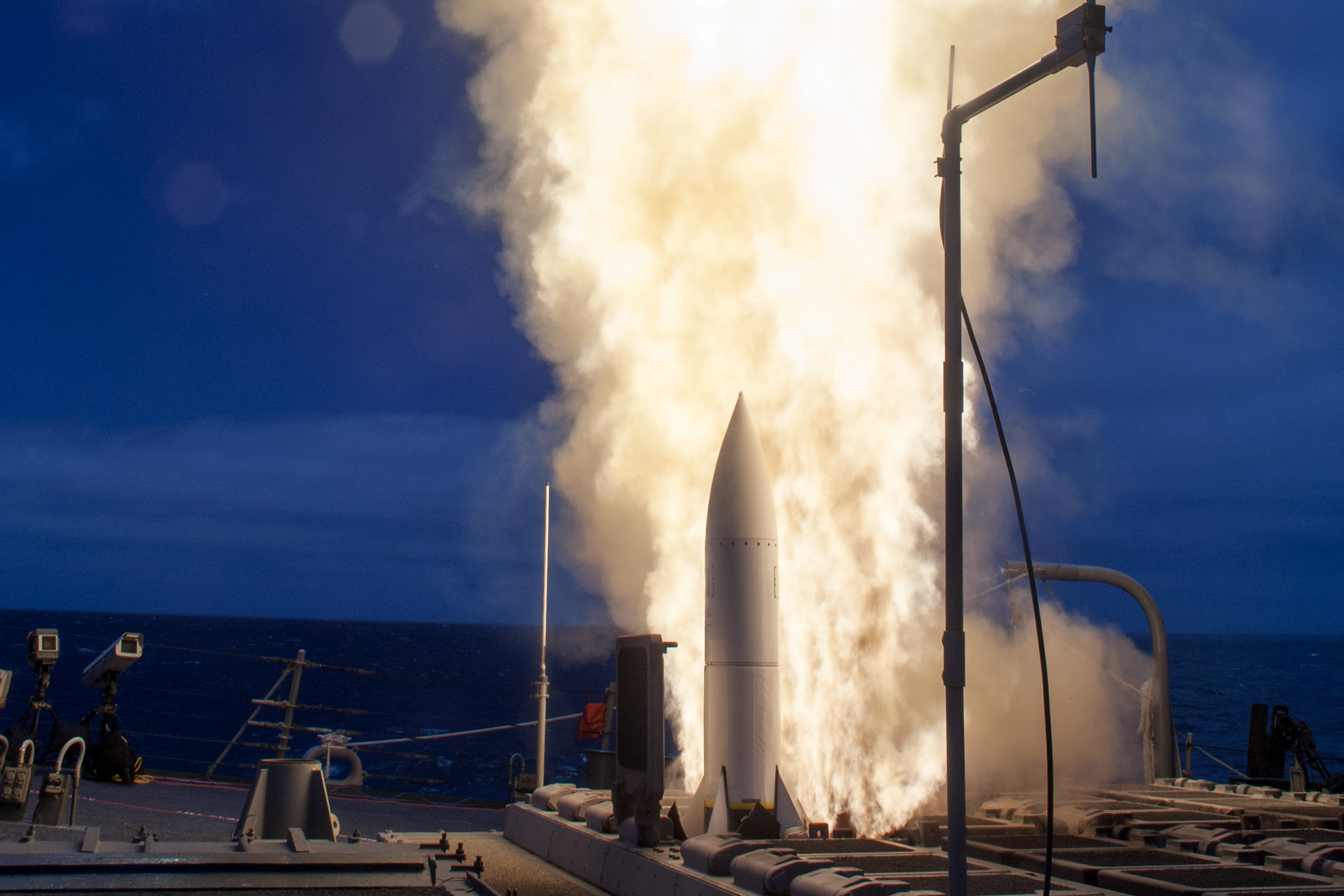
Multi-year contracts are setting up Raytheon and other defense contractors to report solid financial results during the next few years even if Pentagon spending plateaus or slightly decreases, Raytheon’s chief executive told analysts today.
Considering President Donald Trump has talked about across-the-board 5-percent cuts to every agency’s budget in FY 2020, multi-year contracts become critical to a company’s financial health, Thomas Kennedy, Raytheon’s chief executive, said during a Thursday morning conference call with Wall Street analysts.
However, even with the proposed cut, Kennedy said the Pentagon would still have more spending power in 2020 than it did in FY 2017.
“Based on the awards we received and will be receiving in (FY) ‘18 and (FY) ‘19, we feel we’ll be in really great shape for Fiscal Year ’20,” Kennedy said.
The Pentagon’s recent trend of awarding multi-year contracts is critical for companies to weather the ups and downs of defense budget cycles, Kennedy said. In Raytheon’s case, deals to sell Standard Missile (SM)-6 and SM-3 interceptors to the Navy are examples of vital multi-year contracts.
“Five-year multi-years on both of those, taking us out and out and giving us stability in the factory for about eight years,” Kennedy said.
The five-year SM-6 deal is worth $331 million for 625 missiles, and the SM-3 deal is worth $306 million for 204 missiles, according to the Navy.
The SM-6 missile is part of the Navy’s Naval Integrated Fire Control-Counter Air (NIFC-CA) construct that is resident on about 60 surface ships, according to Raytheon. The SM-6 missiles work with the Lockheed Martin AN/SPY-1D(V) radar and the Baseline 9 version of the Aegis Combat System. The Navy has received about 450 SM-6 missiles from Raytheon, and the company now has government approval to sell the SM-6 to international customers. The Aegis Ashore system uses SM-3 missiles.
As for the upcoming FY 2020 budget, Kennedy reminded analysts the president’s request is still months away. Approval is likely a year or more off, meaning there are months of negotiations to occur before the defense industry has to adapt to new potentially lower Pentagon spending levels. In the end, Kennedy said it’s Congress who ultimately decides how much money to appropriate for defense spending, and he’s not worried just yet.
“Bottom line, it’s not over til it’s over,” Kennedy said.





